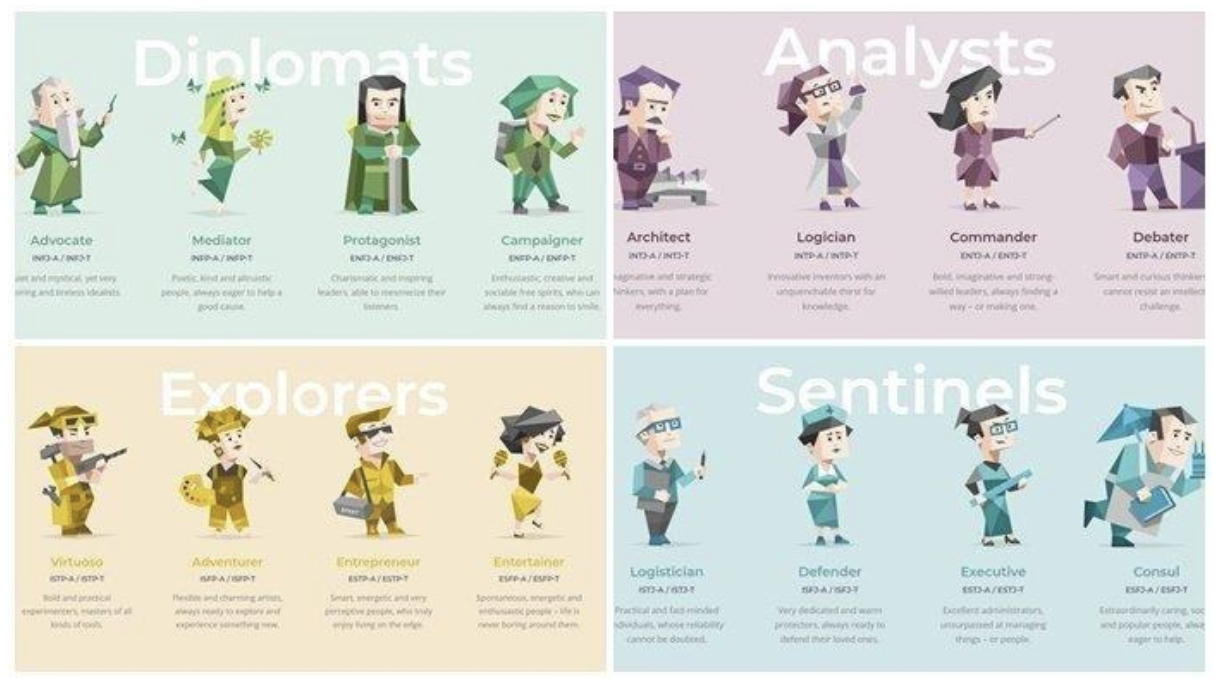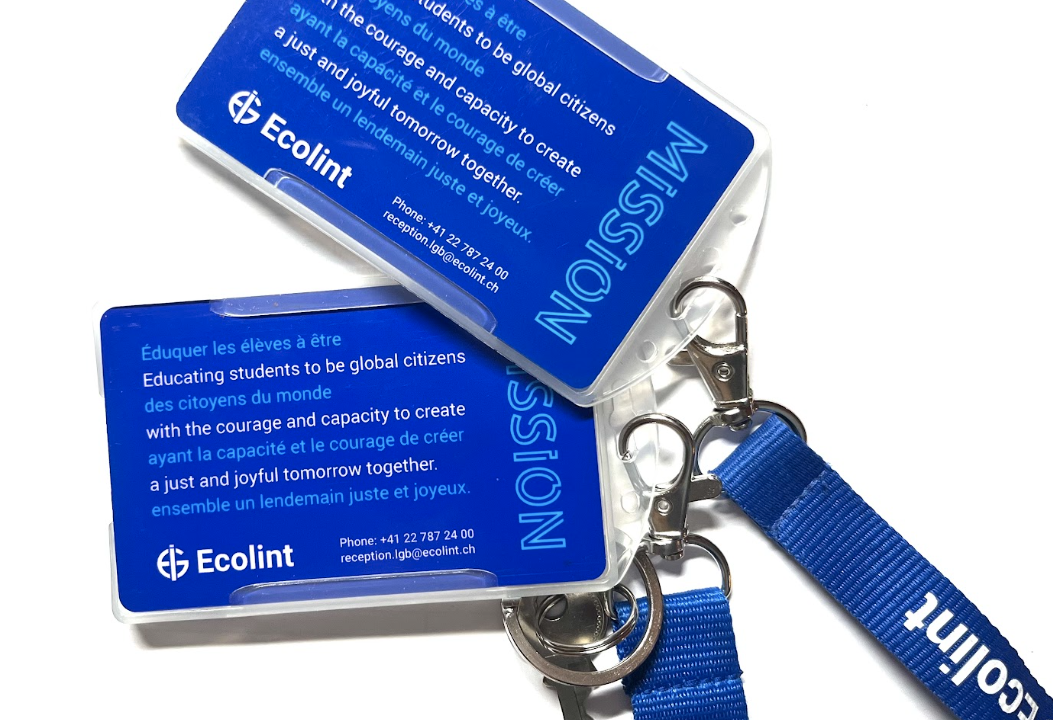By Chuyin Jin, Year 12
In recent years, the Myers-Briggs Type Indicator (MBTI) test has gained huge popularity among younger generations. To some, the results of the well-known personality test are so important that they use it to determine whether they are compatible with another person or not. However, what if I tell you that it is scientifically proven to be completely inaccurate, that those 16 types of personalities are not enough to measure every spectrum of someone’s personality?
In 1921, the basis for the MBTI was theorised by psychologist Carl Jung, but even though it is interesting, it was not scientifically supported. Jung stated that humans fall into only 2 categories, Judging and Perceiving, which created subcategories such as Sensing and Intuitive, further dividing them into Thinkers and Feelers, with a conclusion of whether a person is Introverted or Extroverted. Even so, Jung has stated that every individual is an exception to those rules, since it was impossible to fully measure the complexity of human character. Those principles were later adapted into a personality test by Katherine Briggs and Isabel Briggs Myers – who had no prior qualifications in psychology – without taking into account every aspect to ensure a certainty on a psychological level.
So, what is the problem with MBTI tests? We need to take into account the limited binaries used which can cause inaccuracy when the test determines which personality type the individual taking it is. Their answers, which are only based on limited, discrete categories (on the spectrum from Yes to No), are faulty because no individual is at the complete extreme of each spectrum. Even if the person mostly falls into the middle of each category, the test will forcibly put the person into one of the 16 personality types. A study has stated that 50% of their test subjects got a different result when taking the MBTI test a second time. This demonstrates the generalisation of those personality types and suggests that there are far more than 16 personality types as well as that no one can be completely introverted or completely extroverted.
With all of this being said, let’s look into a more scientifically proven method of measuring personality, which of course is also just an indication, but is widely used by psychologists and is supported by more evidence.
This main personality model is called the Big Five, also named the Five Factors, which includes the 5 basic dimensions of personality, such as extraversion, agreeableness, openness to experience, conscientiousness and neuroticism.
Extraversion is the tendency to be concerned with obtaining gratification from one’s surroundings. A person with high extraversion is said to be more engaged with others and a person with low extraversion tends to keep more to themselves.
Agreeableness is the tendency to act in a so-called empathetic, cooperative and unselfish manner towards others. Someone with high agreeableness tends to help others and try to understand them whereas someone with low agreeableness is less engaged in interacting and understanding others.
Openness to experience is the tendency to be open and adaptive to new cultural, aesthetic and intellectual experiences. A high level of openness can lead a person to a better vocabulary, a vivid imagination and has interest in new ideas. Someone with low openness, on the other hand, is less interested in new or abstract ideas, or cannot fully comprehend them.
Conscientiousness is the tendency to be self-disciplined, organised and responsible when it comes to daily tasks. A higher level of conscientiousness may lead to someone following a schedule and paying attention to detail, whereas a lower level of conscientiousness may result in procrastination or leaving a mess behind oneself.
Neuroticism is the tendency to be chronically emotionally unstable and to also be prone to psychological distress such as stress and anxiety. A person with high neuroticism can be easily a victim of overthinking and moodiness, and a person with low neuroticism might feel relaxed most of the time and is more likely to be emotionally stable.
Next time you feel like knowing more about yourself, think twice about taking the MBTI test and instead, try the Big Five test which will encapsulate your wonderful personality more accurately!



